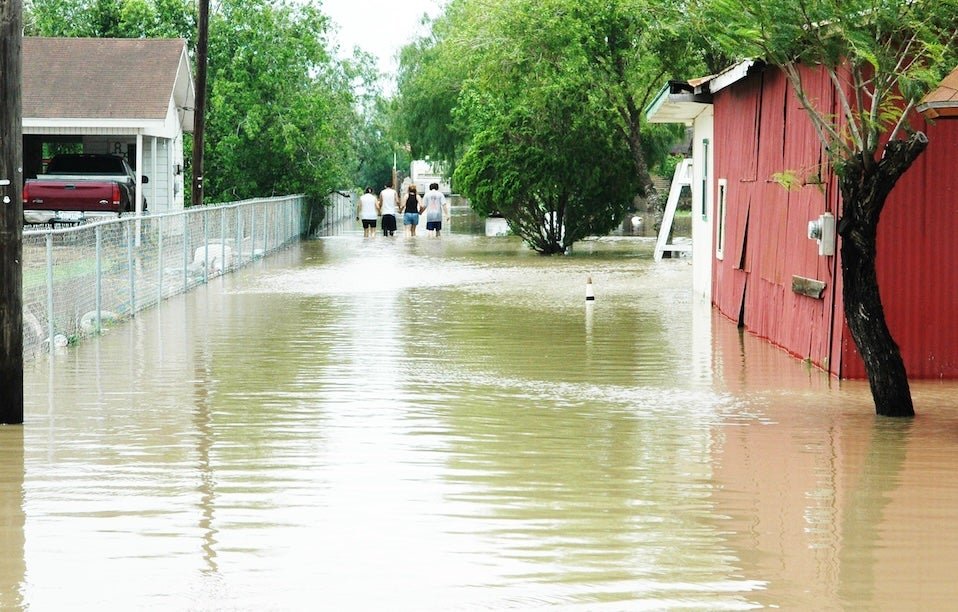Enhancing Disaster Preparedness: The AIM Flagship Project in Texas
When faced with natural disasters like hurricanes or disease outbreaks, communities require more than just basic forecasts; they need a comprehensive understanding of the situation. The Planet Texas 2050 initiative has launched groundbreaking tools utilizing Artificial Intelligence (AI) to merge sensor data, scientific models, and personal accounts from local residents, aiming to redefine the preparedness landscape for a more resilient Texas.
The AIM Flagship Project: A New Paradigm
The AIM (AI-enabled Model Integration) Flagship project represents a multidisciplinary collaboration between researchers at the University of Texas at Austin, The University of Texas Rio Grande Valley, and the Museum of South Texas History (MOSTHistory). This alliance focuses on developing advanced decision support tools to inform and protect communities from weather-induced hazards, particularly in South Texas, where nearly 20% of the population resides in vulnerable coastal areas.
Transforming Data into Actionable Insights
One of the core objectives of the AIM project is to convert raw data into real-time insights during natural disasters and their aftermath. By integrating storm surge projections, flood patterns, and public health risks with local knowledge, AIM is bridging existing information gaps and creating user-oriented tools that simplify complex decision-making processes.
Innovative Technology Behind the AIM Project
The AIM project focuses on integrating various data sources for a unified understanding of potential risks.
Key Components of the AIM Cyberinfrastructure
-
DataX Portal: This serves as the primary service for data management and access to high-performance computing resources.
-
Model INTegration: Supports containerized physics-based models for conducting simulations of different processes.
-
Data Capture and Collection Tools:
- uP-STREAM: Processes machine-readable data from sensors, satellite imagery, and other sources.
- Sites and Stories: Gathers unstructured data such as videos, interviews, and field notes that are often not machine-readable.
- Cookbook Services: Provides reproducible analytical notebooks for easier data analysis.
- DOLCE: Focuses on data preservation, making it discoverable and curatable within the Texas Data Repository, ensuring long-term accessibility.
Engaging the Community
The AIM project extends beyond technology, emphasizing community awareness and participation. Collaborations between Clint Dawson, a professor in aerospace engineering, and Francisco Guajardo, CEO of MOSTHistory, have resulted in engaging public discussions about hurricane forecasting and modeling. Historical data and personal narratives from local residents play a significant role in these discussions, with past events like Hurricane Beulah from 1967 being modeled and visualized to create immersive learning experiences.
Using augmented reality and scientific models, the project brings historical narratives to life, adding context and relevance to scientific data.
Addressing Public Health Needs
The rising frequency of extreme weather events not only increases flood risks but also creates conducive conditions for Neglected Tropical Diseases (NTDs). AIM addresses this public health challenge through the development of predictive models aimed at diagnosing and tracking infectious diseases exacerbated by climate change.
Real-World Impact
For instance, one pediatrician discovered an interactive map created by AIM, which identified potential infectious disease vulnerabilities linked to environmental changes after a flood. This map led to the correct diagnosis and treatment, significantly impacting the child’s health and emphasizing the project’s real-world applicability.
Collaborations for Future Preparedness
The AIM Flagship Project has achieved several milestones, including collaborations with the Texas Water Development Board to enhance coastal communication guidelines, and efforts to implement air quality monitoring systems in Southeast Texas. The team is also in the process of creating a digital twin of downtown Edinburg, utilizing drone data to aid local residents in planning for severe weather conditions.
Looking Ahead
As the AIM project continues its work, it remains committed to expanding its innovative concepts across Texas and the nation. By combining community insights with advanced predictive tools, AIM is shaping a future where disaster preparedness is more effective and inclusive, ultimately leading to safer and more resilient communities.
For more information on the AIM project and its impact, explore additional resources at the University of Texas or the Museum of South Texas History.


